A seaside city called Larnaca has become special to us. We spent as many as 18 months here without actually intending to. It’s extremely long for us, as we are travellers and are not used to staying in one place for more than 1-2 months.
It was a house in the village of Oroklini, near Larnaca, that we brought our babies to, when the twins were finally discharged from hospital in Nicosia. We’ve already told you about the beginning of our life in Cyprus, how our boys had to come to the world two months earlier due to pregnancy complications. When the babies were born, they were very little, therefore they were instantly put into a special chamber – a humidicrib. Michael Jr returned to us at the end of December, while Robert came back in January. Straight after that, we moved to Oroklini.
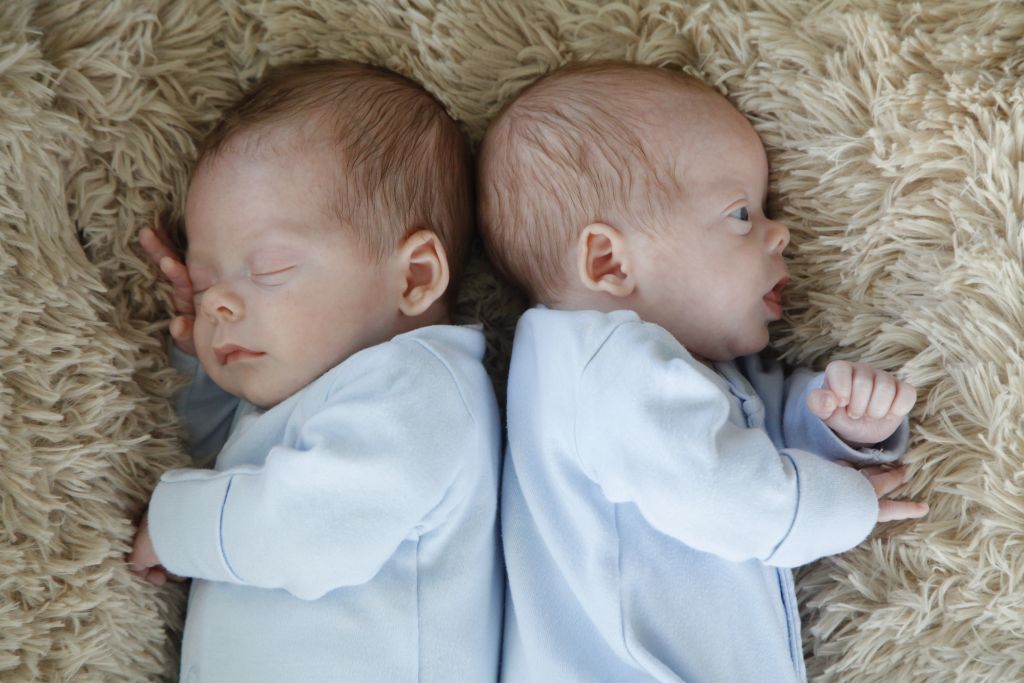
The first winter in Larnaca was hard. The boys had different sleep/wake routines, woke up and ate at different time, awakened each other, and didn’t see a thing yet. We were away from all relatives and managed on our own. We didn’t have a babysitter then. In the first months, all journeys and trips were out of the question. It was an endurance race where the jackpot was a bit of sleep.
Little strong mens learn to crawl: they already want to comprehend the world on their own!
The babies were growing, started lifting up their heads, then crawling. Their schedule fell into place, they slept simultaneously which gave the opportunity for the parents to have rest. Eventually, after 6-8 months, when they got stronger and grew up a bit, we were able to return to our favourite activity – travelling. We still couldn’t travel far away, but Larnaca was a 15-minute drive from us, and we often travelled there.
18 months are enough to study all the parts of the city, discover its pros and cons, secret places hidden from hasty tourists and understand its citizens.
Walks with Kids
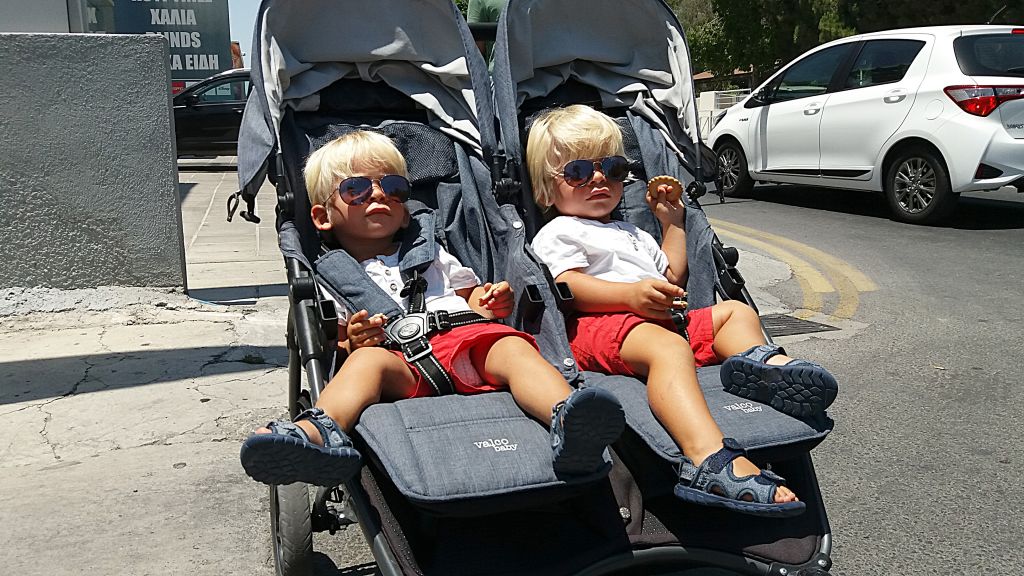
We decided once that journeys, new landscapes, sounds, smells, shapes would become one of the best ways of developing our boys, after which we’ve walked and travelled everywhere together. At first, we had an enormous weighty 20-kilogramme pram that hardly fit in the boot of our car, and it was very hard to walk with it. When Michael Jr and Robert were five months old, we bought a double pram that was the lightest in the world at the moment, and it was two times lighter!
But even if light, a pram is a serious limitation for travelling. You always have to schedule your day, have nappies, milk, two spare outfits, and some snacks wherever you go. You have to take this mini-warehouse everywhere. And if the church is on the hill, you have to push the pram uphill, and if you need to take the stairs, you have to carry the children in your arms. We would often go to look at a landmark in turns: one of us was waiting with a pram, while the other was looking around and studying everything inside.
The major promenade and, in fact, the only public place in the city is the main city street called Finikoudes which means ‘date palms’. It’s a wide pedestrian street that has huge date palms growing on each side of it. The date palm alley extends to the old castle from where the promenade goes further to the Mackenzie area and the airport. The promenade is actually a waterfront. One side is a sea with a sandy beach, while the other one is filled with hotels, restaurants, taverns, and cafes. The waterfront has long become an unofficial centre of the city that attracts tourists and local citizens like a magnet.
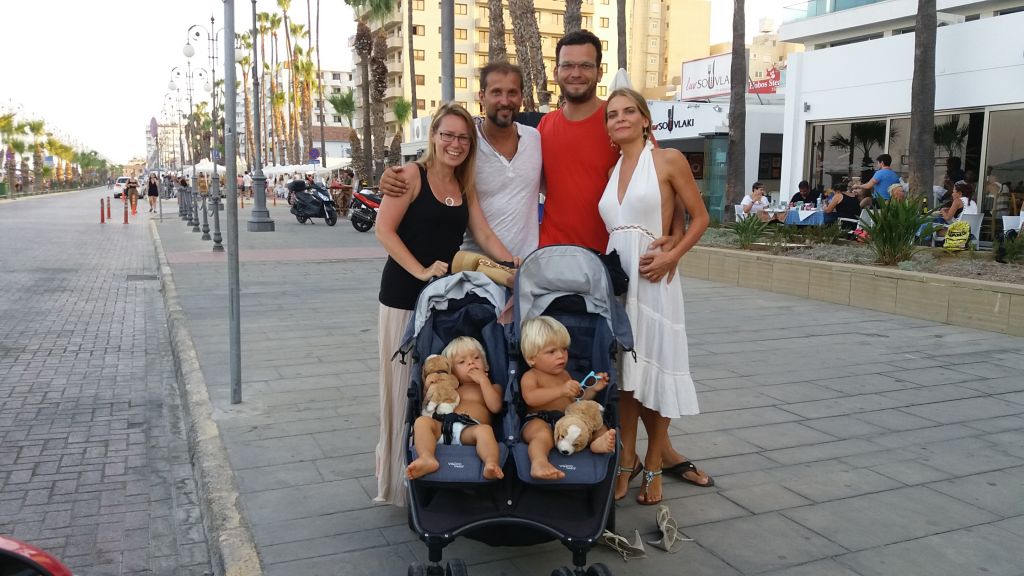
Compared to other districts, Finikoudes lives more actively. Its taverns and restaurants swarm with guests, people have leisure conversations over coffee or enjoy themselves in a nice bar. It’s a place that people often choose for a date. It’s nice to walk here, relish the sea air, and take a photo with the sea on the background. There are also street musicians on Finikoudes. They play every day in summer. Once winter comes, you can hear them only on holidays. The street often hosts cheerful fairs where local craftspeople sell their goods together with Chinese knick-knacks.
What’s interesting on Finikoudes
The Finikoudes promenade has its distinctive character, although it may seem similar to the French Riviera at first sight. Date palms were planted here in the early 1990s only, and their elegant thin silhouettes instantly became a calling card of the street.
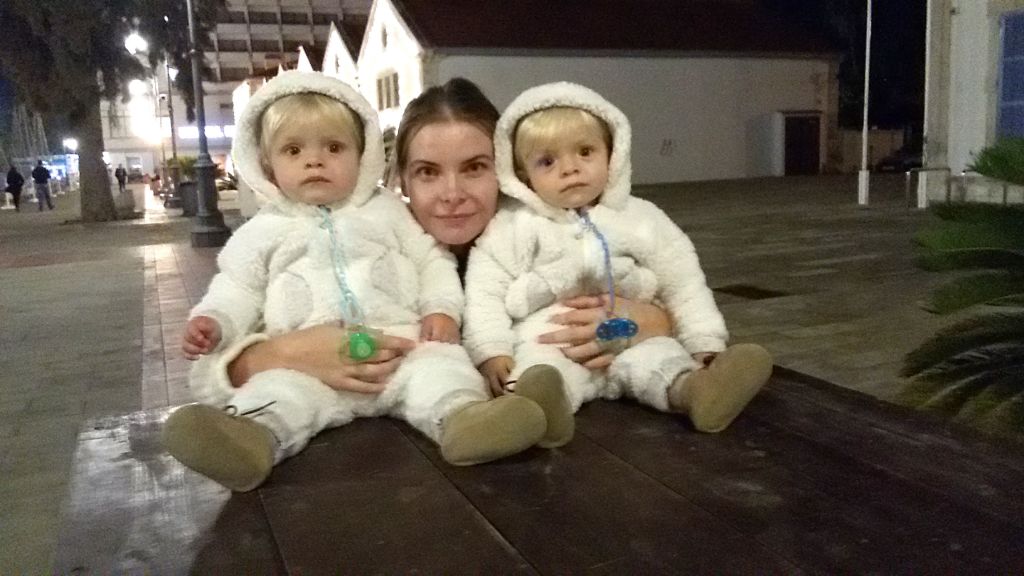
White bears walking with mother at the very beginning of the Finikoudes promenade
The northern end of Finikoudes starts from a picturesque port inhabited by lots of cats. The street goes further along the sea to the south ending by the medieval fort that has the ancient Church of St Lazarus with an interesting history rising nearby. The church is very easy to find: the marble statue of a winged lion serves as a guide. Venice, Larnaca’s twin town, made such a gift in 2010. Just in front of the lion, there’s a lane where we can see the Church of St Lazarus in the 200-metre (650 feet) distance.
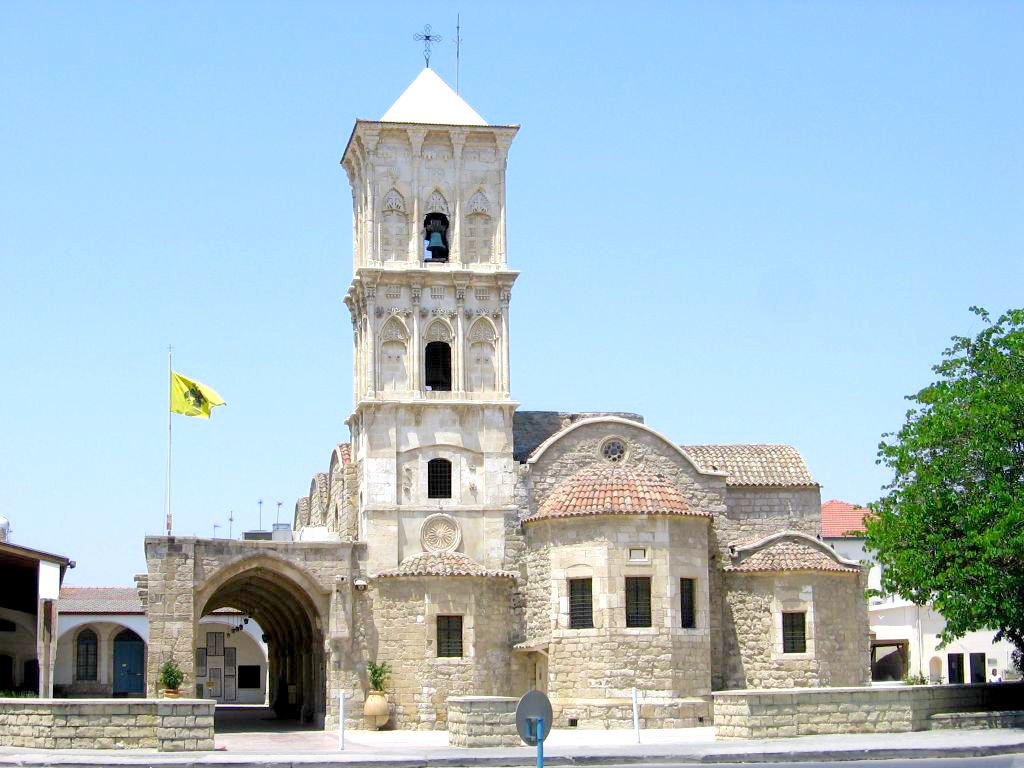
Church of St Lazarus
According to legend, that’s where the St Lazarus that was resurrected by Jesus Christ on the fourth day after his death was buried. After the miraculous resurrection, being persecuted, Lazarus had to flee from Judea, and he settled in Kition (present-day Larnaca) that was a part of the Roman Empire then. He was met by Apostles Paul and Barnabas here and elevated to the rank of bishop. Lazarus lived in Cyprus for 30 more years zealously spreading Christianity on the island.
After the second death, Lazarus was buried in a small church that was built while he was still alive. The tomb was lost or might have been hidden from adherents of other faiths on purpose during the Arab rule. Only in the 9th century, the tomb was found again, and Byzantine Emperor Leo VI the Wise ordered to erect a new church on condition that a part of St Lazarus’s relics would be moved to Constantinople.
The ancient Byzantine construction survived to the present day, although it was rebuilt several times during the 1,200 years of its existence. In the 1970s, sarcophagi were found under the altar during the restoration. One of them contained the remains later identified as St Lazarus’s relics. Now his relics repose in a special gilded tomb and are available for the overall worship in the centre of the church.
There’s a special passage in the church: using the stairs, you can descend to the part under the altar where the stone tombs of the Roman times repose. There’s also a source of holy water.
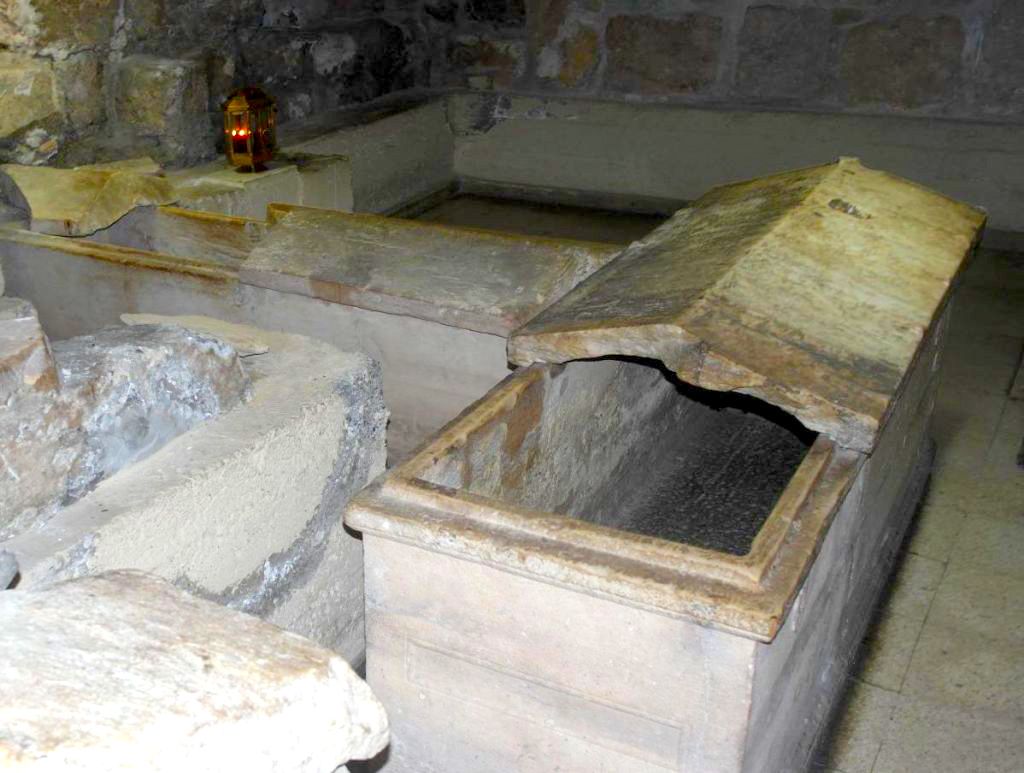
The prayers for healing the sick are offered up to St Lazarus. The Cypriots have a touching custom of bringing wax figures of people or at least body parts in gratitude for curing the disease. It’s possible to order the figures at a candle workshop that is literally on the neighbouring street.
This temple is remarkable to us because it was near it that our babies stood for the first time for almost a minute without any support!
Here’s how our babies learned to stand near the major Christian holy site.
On the whole, Cypriot churches are varied and numerous, and we didn’t miss an opportunity to get inside them. We don’t try to instil religiosity in our sons, that’s not what we aim for. They themselves can choose what they want to believe in when they grow up. But, of course, temples are an important component of any culture and history, therefore we always try to visit them.
At first, Michael Jr and Robert were more interested in the atmosphere, the smell of frankincense, peace, and gloom pervading in churches. Later, they discovered candles. They really enjoyed watching their bickering flame. And what they savoured even more was blowing out the candles, as it was quite tough for them, and we had to exercise a lot to master it. When they got older, they became curious about icons and vaults. That’s how we managed to ingrain the interest to this aspect of culture in them when they were babies yet.
Guys learn how to blow candles out. They had to work hard before getting it!
The other end of Finikoudes has a memorial reminding about the suffering of Armenians who became victims of the genocide initiated by the Ottoman Empire in the early 20th century. It was erected in the place where thousands of Armenian refugees had come to to flee persecution.
There are also monuments to local celebrities on the Promenade. The city dwellers are very proud of their countryman, Zeno, a prominent philosopher born in ancient Kition. The monument to the philosopher is situated on Finikoudes, in Europe’s Square. Approximately in the middle of Finikoudes, on a high plinth, there’s a bust of Cimon, an Athenian general who liberated the city from Persians.
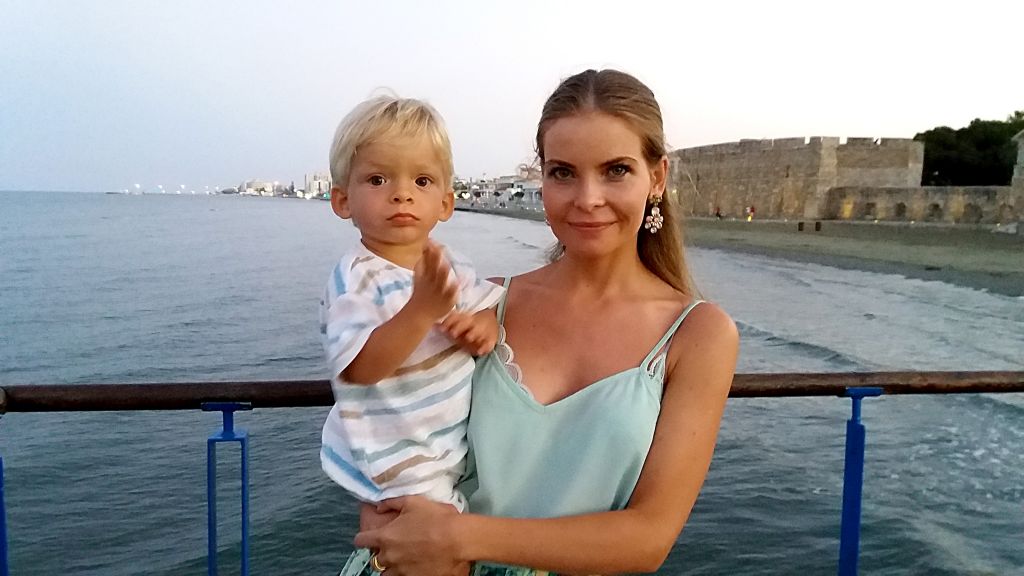
A medieval fort that Finikoudes ends with is in the background.
Having dropped into the Church of St Lazarus, we carried on with our walk along the promenade. We often used to go straight to Mackenzie beach during our walks without lingering by the Church of St Lazarus. It’s a wonderful beach with perfect soft, though dark sand. There are a shower, – though you should pay for it – a playground, ice cream parlours, and restaurants – some of them are really good.
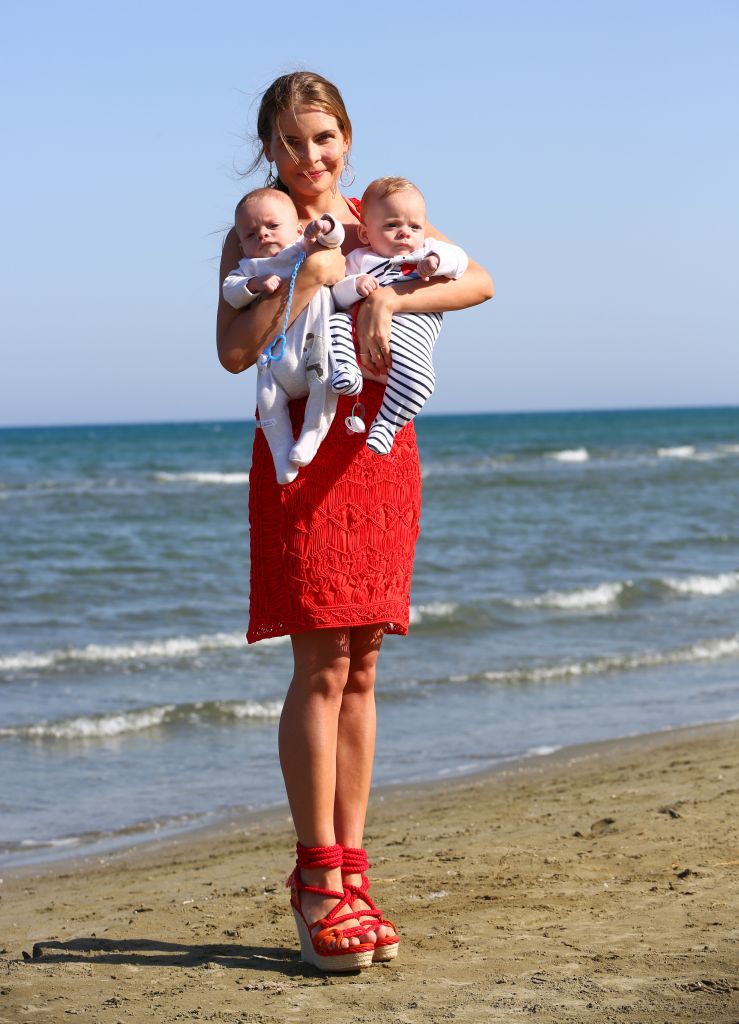
The planes flying very low, just above the tourists’ heads, are a nice perk of the mini-district. We constantly showed Michael Jr and Robert the planes. They followed them which was an excellent development game when the boys were little. The planes flying low above the ground can be clearly seen. It’s even possible to spot the logos on the fuselage! Michael Jr and Robert were impressed by the huge steel birds and watched them with delight. Interestingly, they weren’t frightened of the engine roar at all.
When a plane approaches the ground, its lights can be seen from far away, and it slowly comes near, gets bigger, and then flies almost an inch above your head and lands right after that, as the resort area is adjacent to the landing runway. The takeoff runway is directed to the opposite side, therefore the planes taking off are not seen.
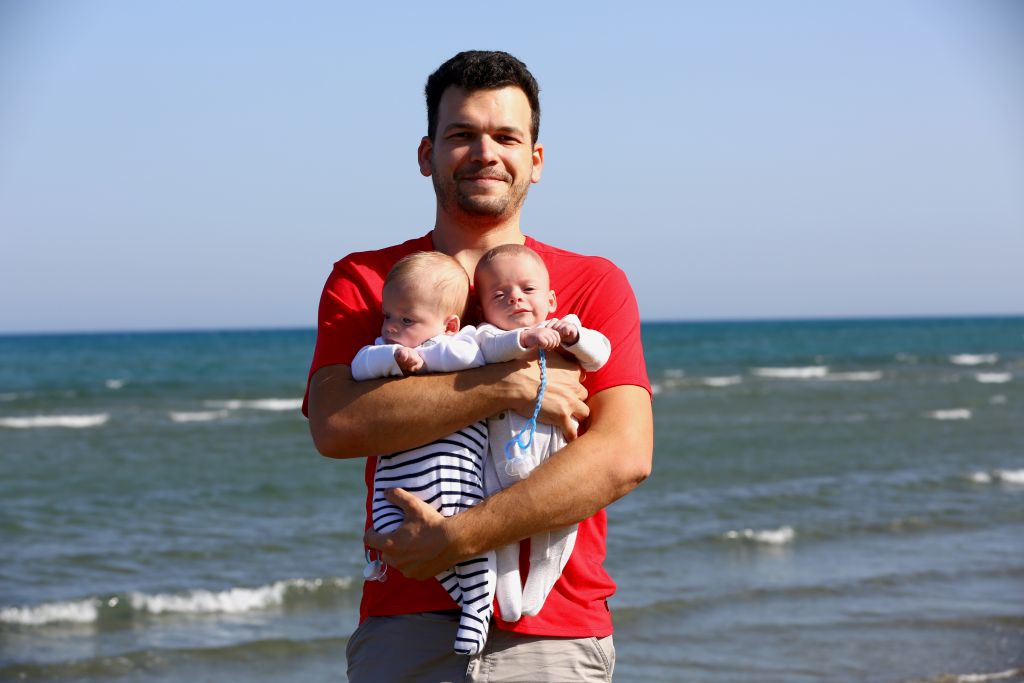
Вот знаменитый пляж Маккензи, правда, самолёты в кадр не попали.
Larnaca. Part 2 – about the salt lake, restaurants and the Skala quarter.
Larnaca. Part 3 – The beaches, entertainment for children and the subtleties of the health care in Cyprus.




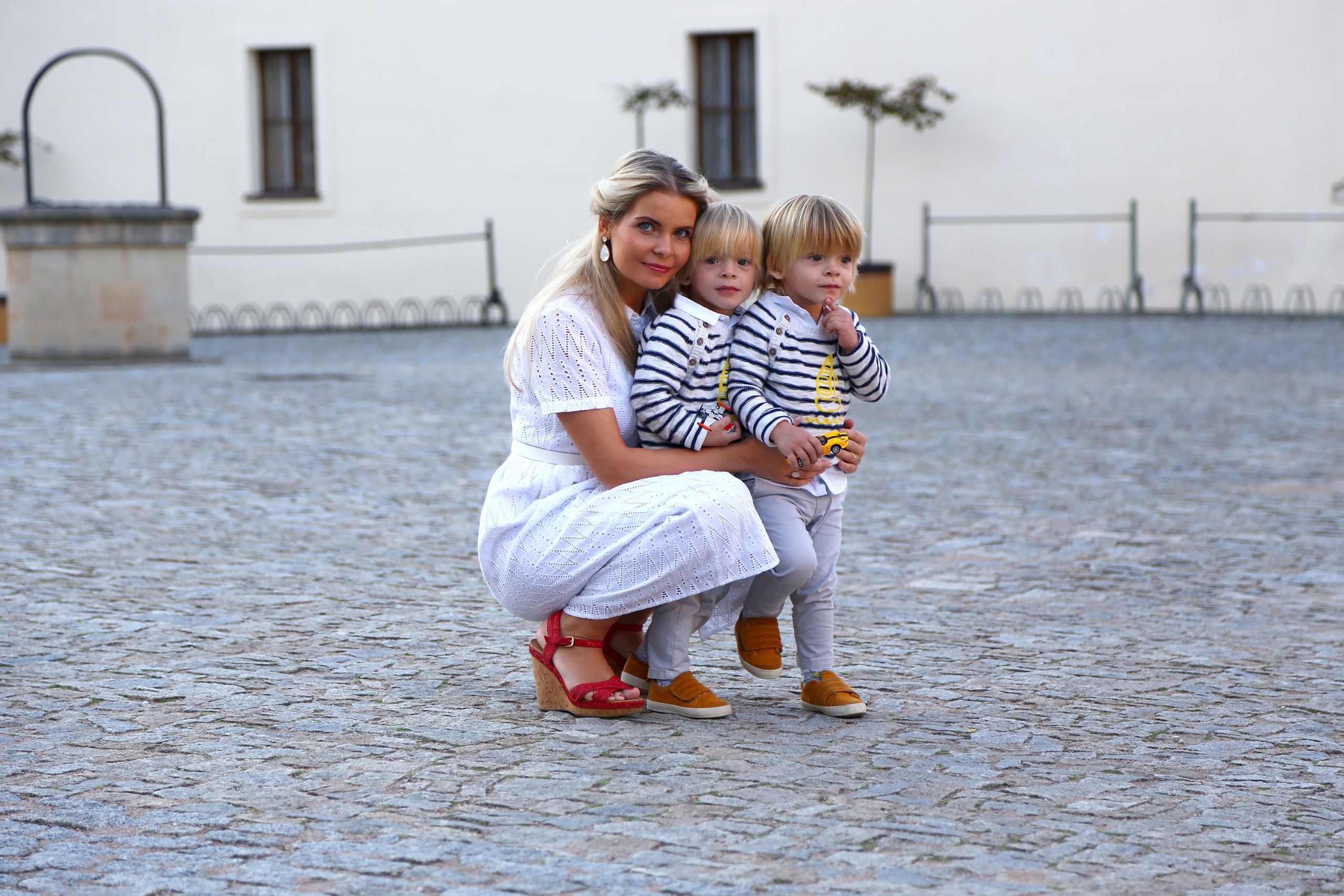

Leave A Comment